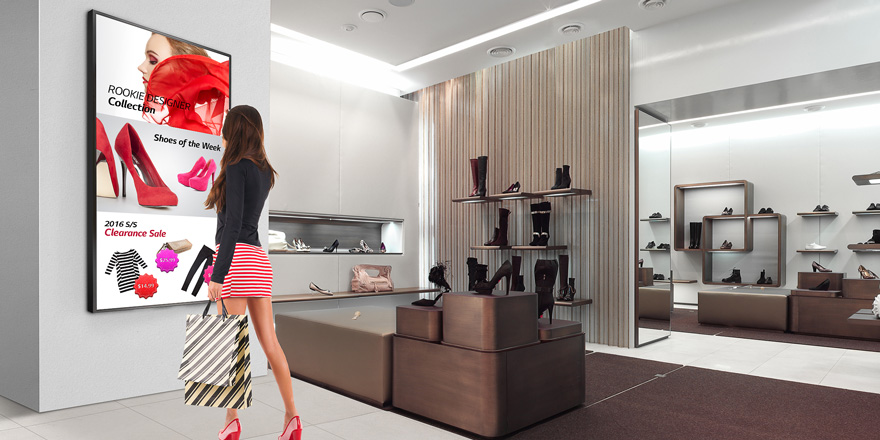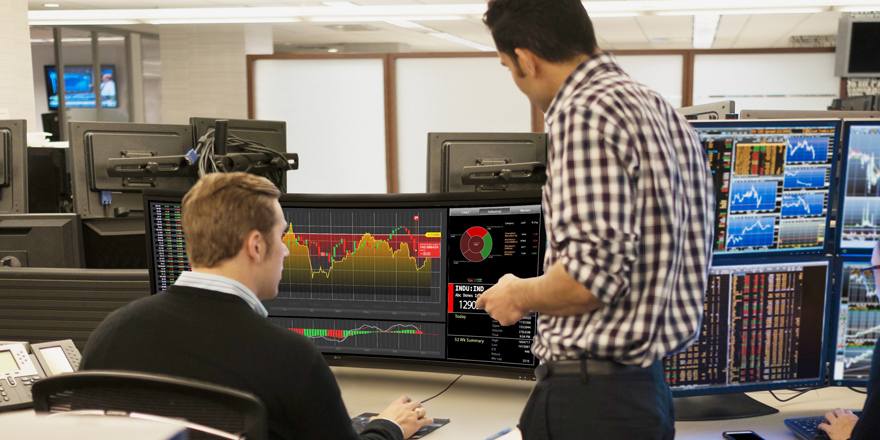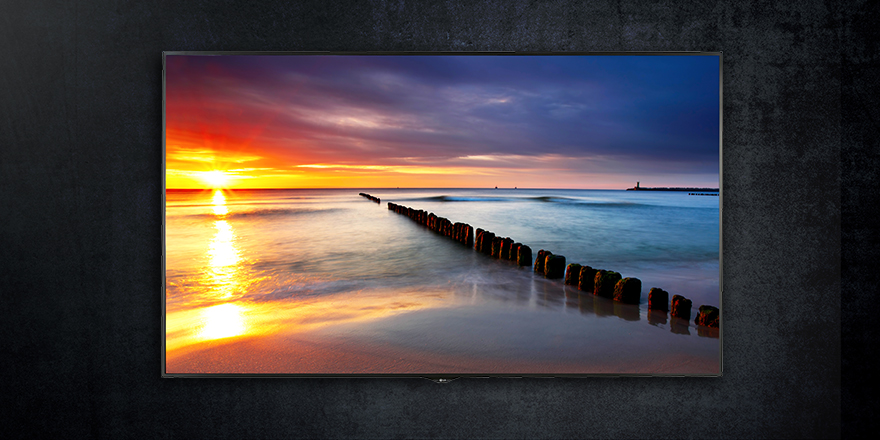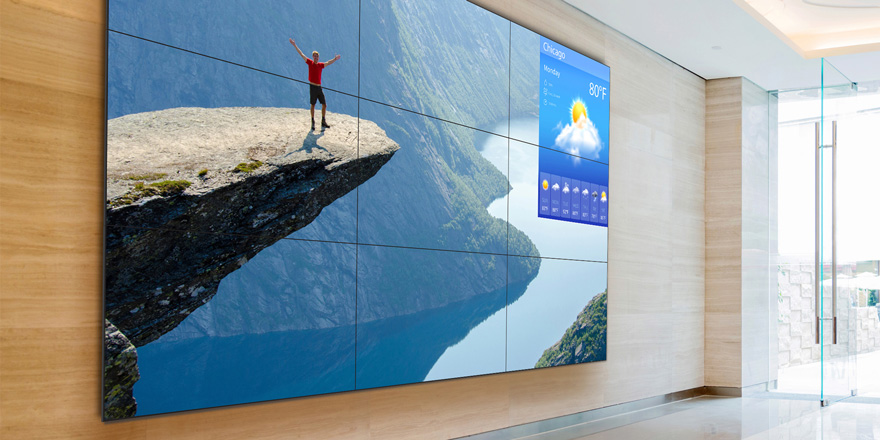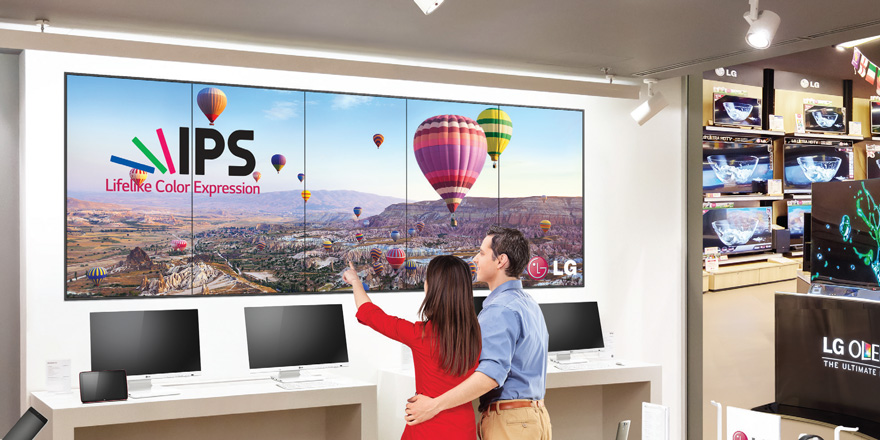We hear it time and time again. A business purchases TVs from the local big box store to use as digital signage. Afterward they encounter problems with setting up the TVs, not getting the performance they wanted, TVs failing and not qualifying for replacement due to overuse. The reason for these problems is simple: Consumer TVs are not designed to perform the duties of digital signage—that’s a job for commercial-grade displays.
If you’re thinking about using digital signage in your business, you should really think long term, and choose a solution that will give you years of trouble-free ROI. From engineered durability, range of sizes and innovative form factors to installation, integration and management, commercial displays excel at meeting long-term business needs.
Commercial displays are designed for 18-24/7 operation (depending on model) and can perform reliably in virtually any environment and often harsh conditions without downtime. And not only is the construction superior, the back-end infrastructure allows businesses to create, post and manage their own content with ease. Let’s have a quick look at the advantages commercial digital signage displays offer:
Professional Support – Commercial display vendors can provide installation, maintenance and support services as well as recommend content management partners.
Effective Brightness and Contrast – Commercial displays are available with a brightness and contrast range that’s ideal for the venue. Resellers and systems integrators can take note of the lighting conditions in specified areas and select displays accordingly.
Display Orientation – Commercial displays can be used in landscape or portrait modes and have a wide selection of industrial mounting options. Consumer TVs are landscape only.
Innovative Form Factors – Extremely thin commercial displays are available that can blend seamlessly into the décor, complement existing structures or become iconic elements of the architecture.
Easy Connectivity – Commercial displays make an installation much more economical for systems integration. Feed the display any type of digital signal and it will daisy chain to whatever the output requires.
Variety of Inputs – Commercial displays feature a wide variety of inputs including RS232C, RJ45, USB, HDMI, DP, DVI-D and more.
Easy Content Management – Web-based content creation/management platforms are supported by a wide range of software integrators. The platform works with the display’s embedded SoC (System on Chip) and eliminates the need for external media players.
Fail-safe Engineering – Commercial displays are engineered to enable redundancies in content sources so that should one source fail, the display will automatically switch over to available backup sources, in a specified order.
Reduced Power Consumption – The leading commercial displays use less electricity because they are air-cooled and require no internal fans. Fans increase power consumption, add bulk and pull in dust.
Circuit-protecting Conformal Coating – Conformal coating is a thin chemical coating or polymer film that is topically applied to circuit boards to protect electronic circuits from harsh environments that may contain moisture, dust, grease, iron powder and other contaminants known to harm circuit boards. When applied, the coating “conforms” to the circuit assembly.
IP5X Certification – Select commercial displays have passed the rigorous dust ingress test to receive their IP5X certifications for dust-proofing. They have protection against contact and are made to resist dust buildup, which means better performance and less heat generation.
Outdoor Use – Outdoor commercial displays employ vandal-resistant glass and an IP56 design which allows for reliable outdoor operation. They are designed to be not only water resistant but resistant against the damaging effects of the sun, rain, snow, dust and wind. These displays also feature ultra-high brightness and contrast, luminance control, enhanced thermal management, polarized sunglass viewable anti-glare screens, plus available interactive touch panels.
Commercial Warranties – Commercial displays are backed by 3-year commercial warranties with extended years of service coverage available. Consumer TVs, on the other hand, have a 1-year warranty and often specify that extended hours of use per day will void it.
